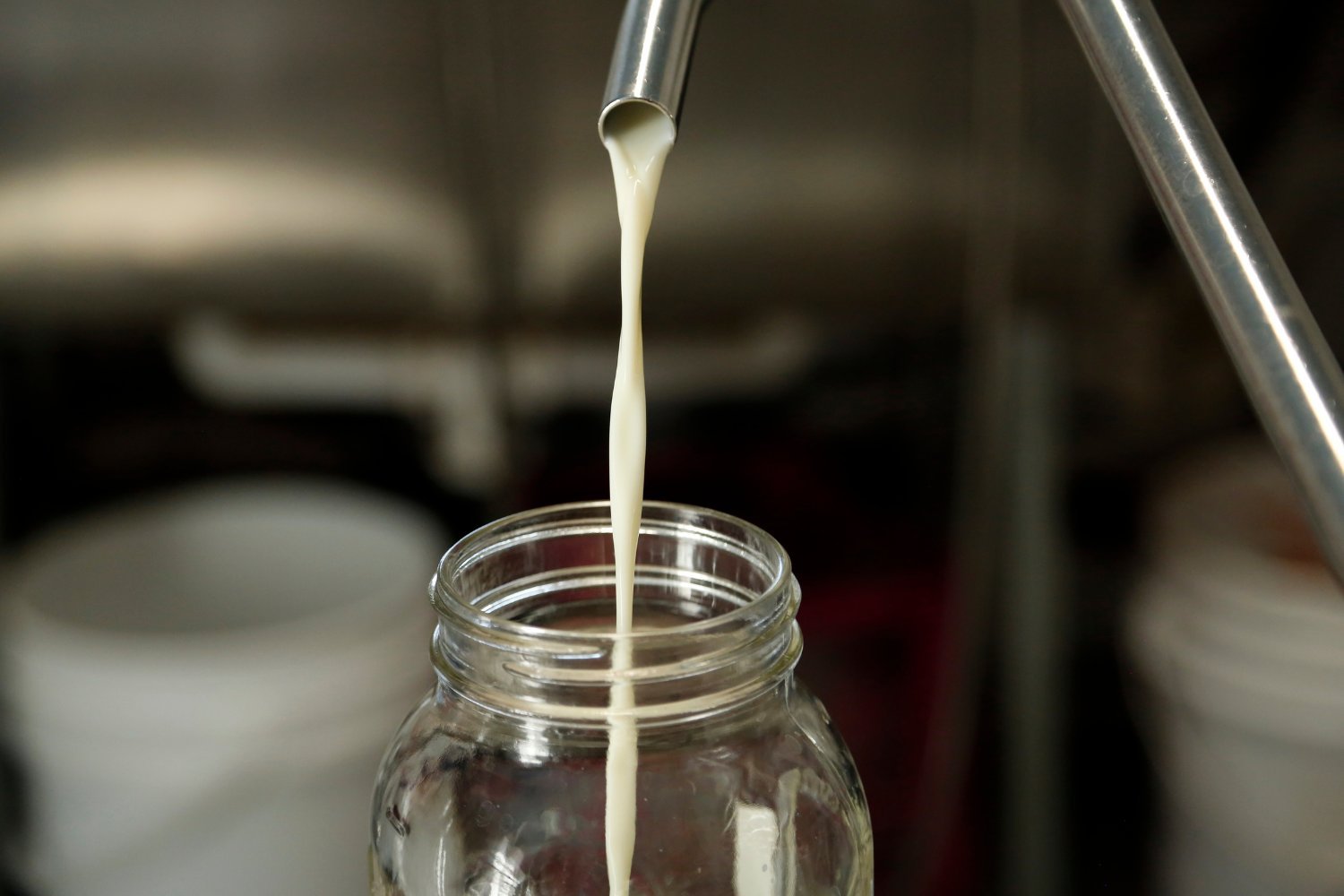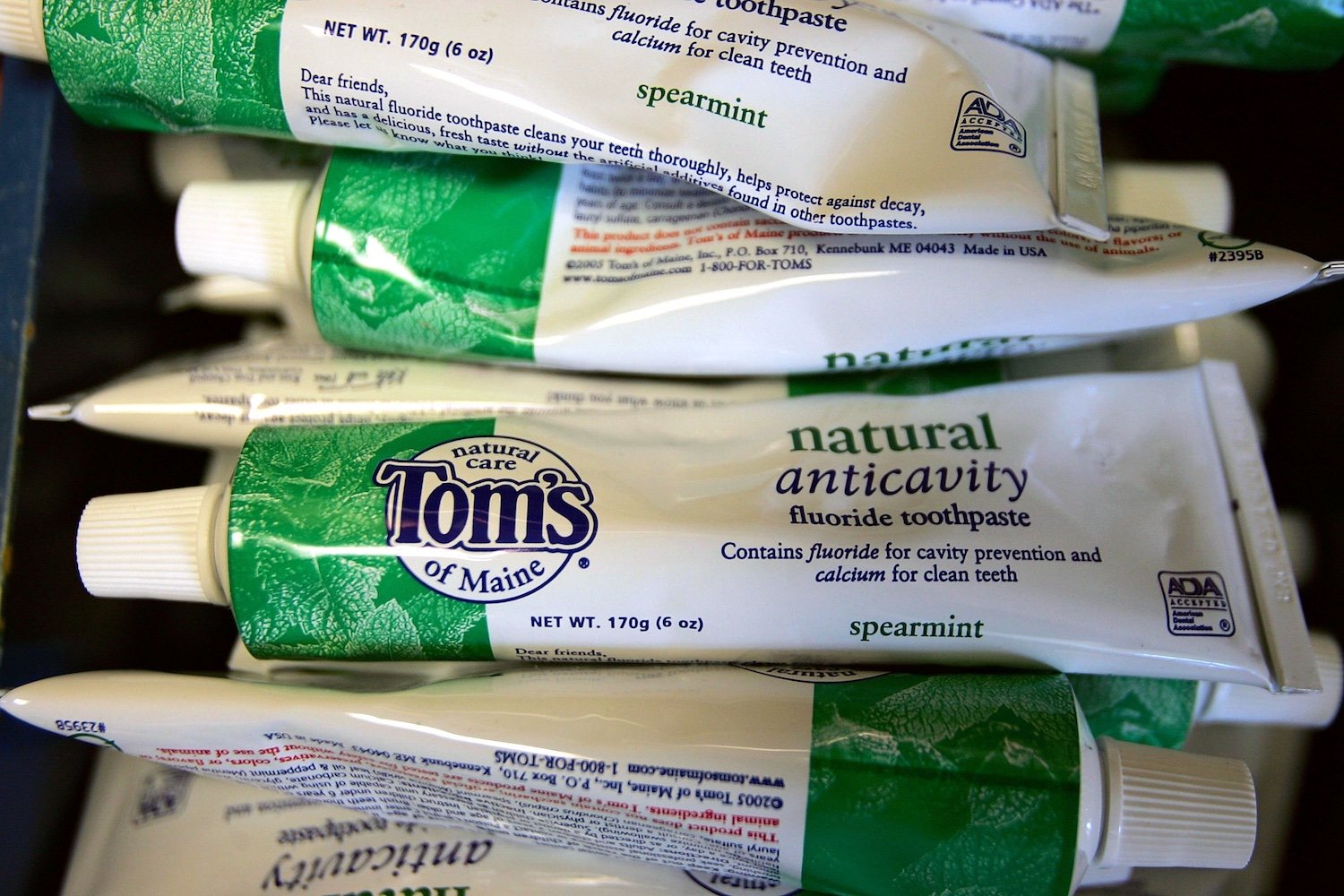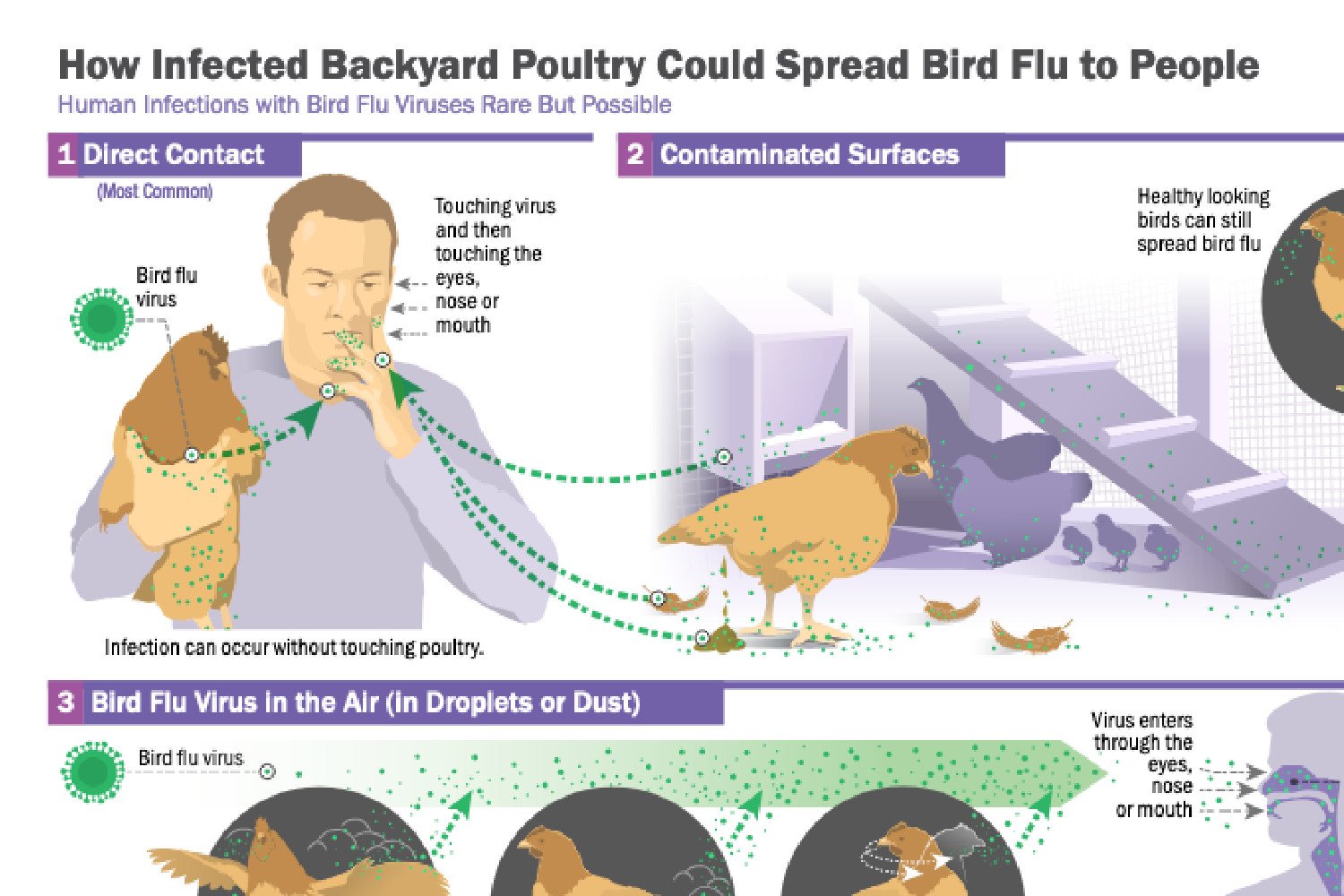Raw milk consumption carries a greater risk than previously thought. Recent research from Stanford University reveals that influenza viruses can remain infectious in refrigerated raw milk for up to five days, raising concerns about potential human infection.
This discovery comes at a crucial time, as the highly pathogenic avian influenza A (HPAI) strain H5N1 continues to spread among dairy cows. While pasteurization effectively eliminates the virus, the persistence of influenza in raw milk poses a significant threat to those who consume it unpasteurized. This article explores the Stanford study’s findings and the implications for public health.
Influenza Persistence in Raw Milk: The Stanford Study
The Stanford researchers investigated the survival of an H1N1 influenza A strain in raw milk under realistic refrigeration conditions. They contaminated milk samples with virus levels comparable to those found in contaminated commercial milk (although pasteurization ensures no infectious virus is present in store-bought products). The samples were then refrigerated at typical temperatures, and the researchers tracked the virus’s viability over time.
Pasteurization vs. Raw Milk: A Clear Winner
As expected, pasteurization completely eradicated the infectious influenza virus. However, the virus remained infectious in raw milk samples for up to five days. This highlights the critical role of pasteurization in ensuring milk safety and preventing the spread of harmful pathogens.
H5N1 and the Growing Risk
While the study used H1N1, other research indicates that H5N1 and other influenza A strains exhibit similar decay rates in milk. This suggests that H1N1 serves as a reliable model for H5N1’s behavior in raw milk.
The presence of H5N1 in dairy cows across multiple states and its detection in commercially sold raw milk products further underscores the risk. Cases of H5N1 infection in humans, primarily linked to contact with infected animals, have also been reported.
The Appeal of Raw Milk and Its Misguided Benefits
Despite the known risks, raw milk consumption remains popular, fueled by misinformation regarding its purported health benefits, such as boosting immunity. This misconception, coupled with the ongoing H5N1 outbreaks, creates a concerning public health challenge.
The Importance of Pasteurization and Public Awareness
The Stanford study reinforces the vital importance of pasteurization in safeguarding public health. It also highlights the need for increased public awareness about the risks associated with raw milk consumption, particularly in light of the evolving H5N1 situation. Educating consumers about the dangers of raw milk and the effectiveness of pasteurization is crucial to preventing potential outbreaks.
Conclusion: Protecting Public Health Through Informed Choices
The persistence of influenza viruses in raw milk, as demonstrated by the Stanford research, poses a significant public health risk. While H5N1 outbreaks in dairy cows continue, choosing pasteurized milk is essential for protecting yourself and your community. By understanding the science and making informed choices, we can mitigate the risks associated with raw milk and prioritize food safety.











